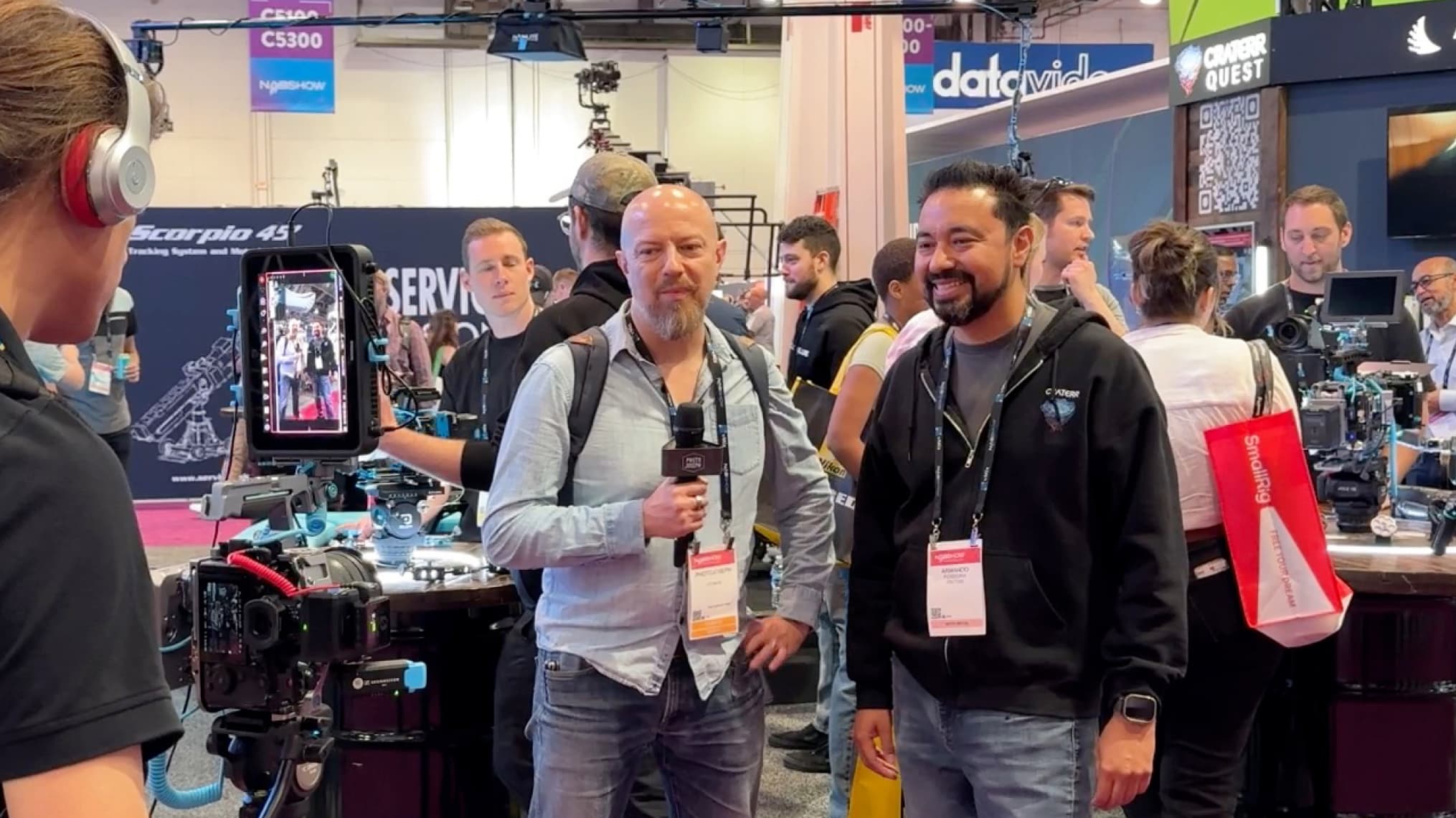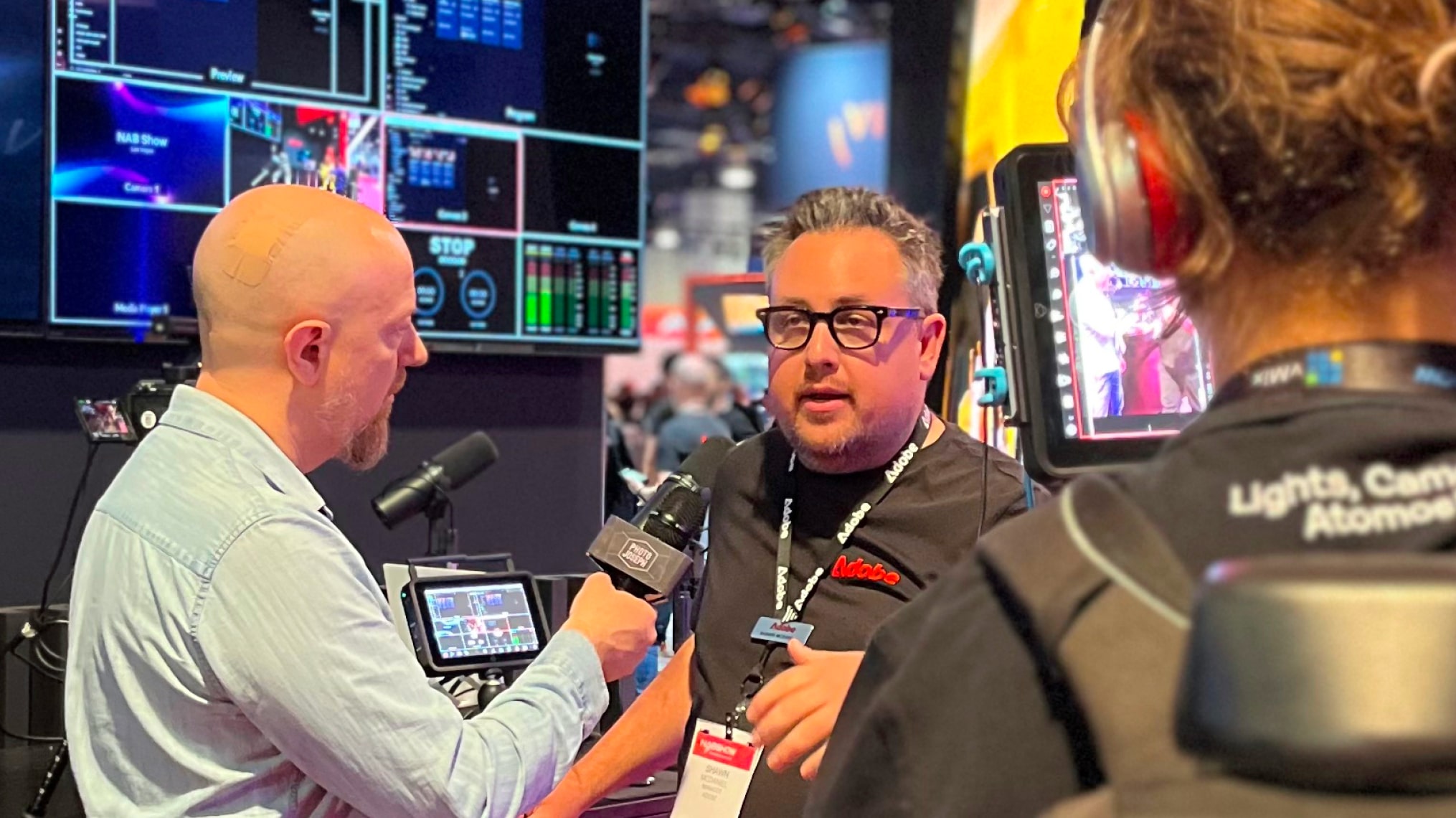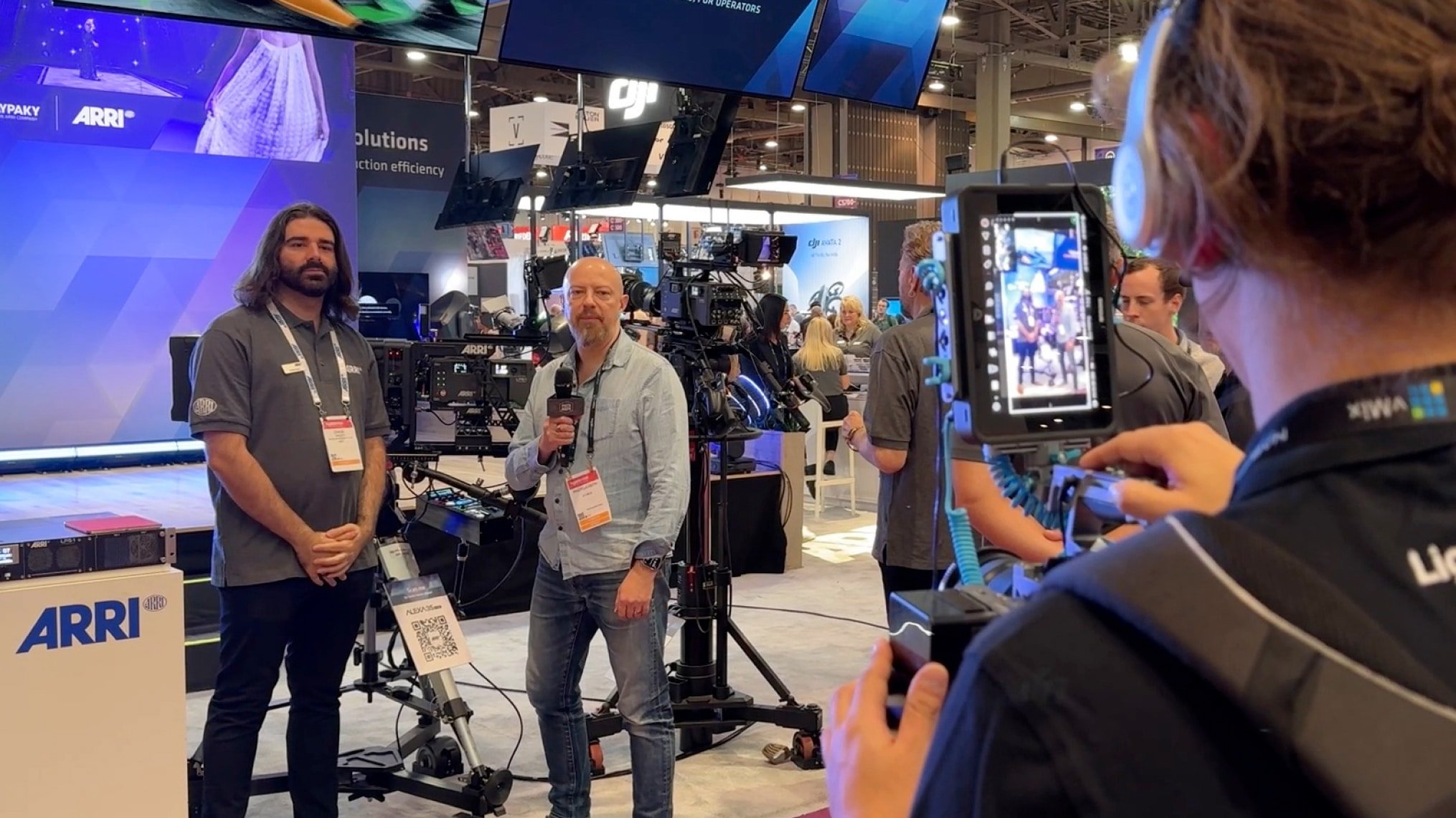Providing coverage of events such as IBC and NAB can be quite a challenge. Not only do you have to contend with the size of the venue and sheer number of visitors; it can prove very difficult to get a decent mobile signal. But – if you can make it work at NAB, it will work anywhere.
Atomos commissioned YouTuber and video production expert PhotoJoseph to provide social media coverage at NAB 2024. It was an ambitious ask: vertically framed video for social media, edited and posted within minutes, and horizontal 16:9 highest-quality video for later use—from the same interviews. All of this had to function reliably, with questionable connectivity. Quite a challenge, then, which PhotoJoseph solved with the help of an Atomos Shogun, Atomos Cloud Studio, and a raft of ancillary equipment.
The idea was to capture video with a Panasonic LUMIX S5II mounted vertically for social media. It’s a full-frame camera with an open-gate 3:2 aspect ratio. With 6K capture, even vertically mounted, there is still enough resolution to output a full-quality cropped UltraHD horizontal 16:9 version for conventional use.


